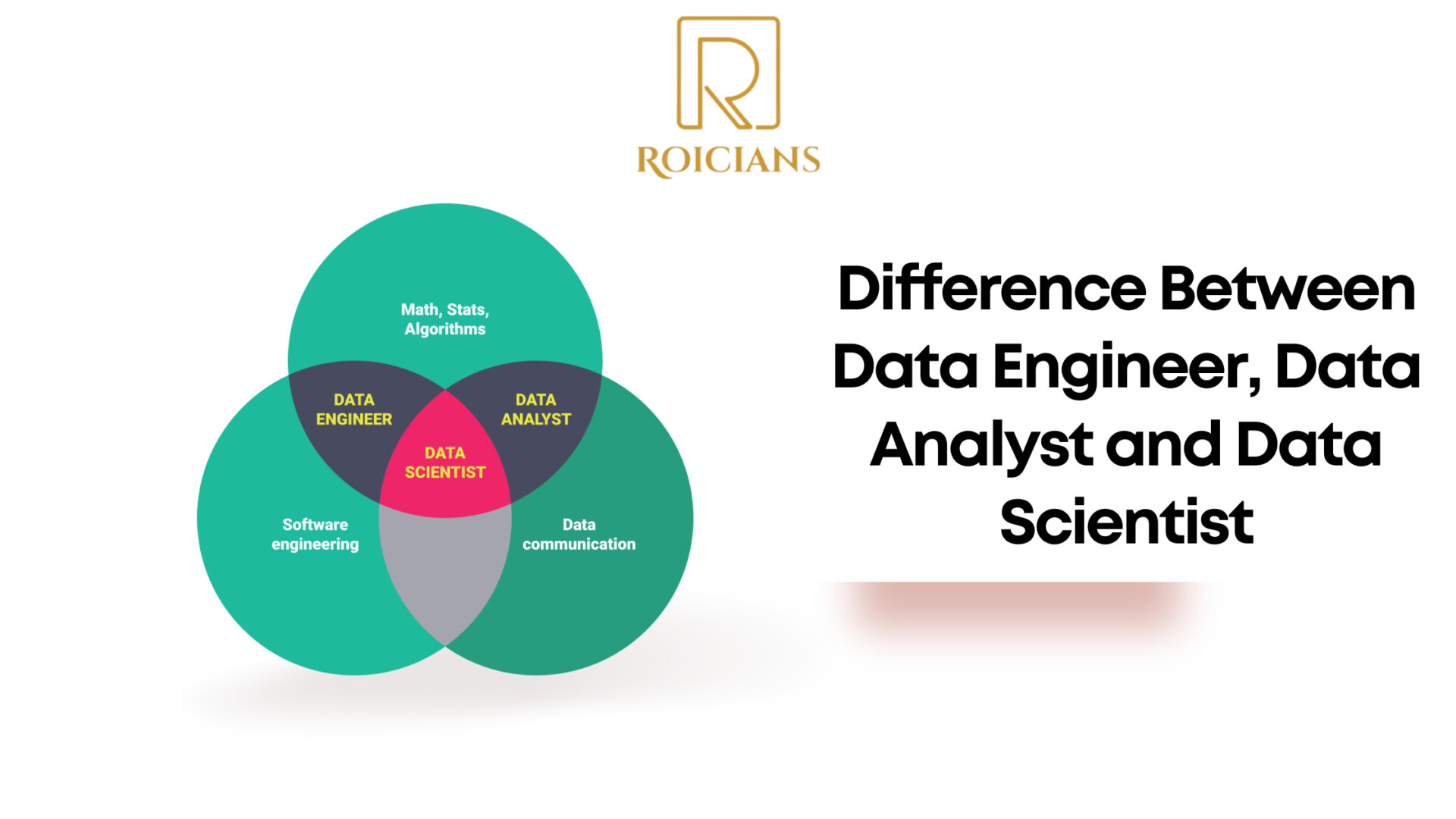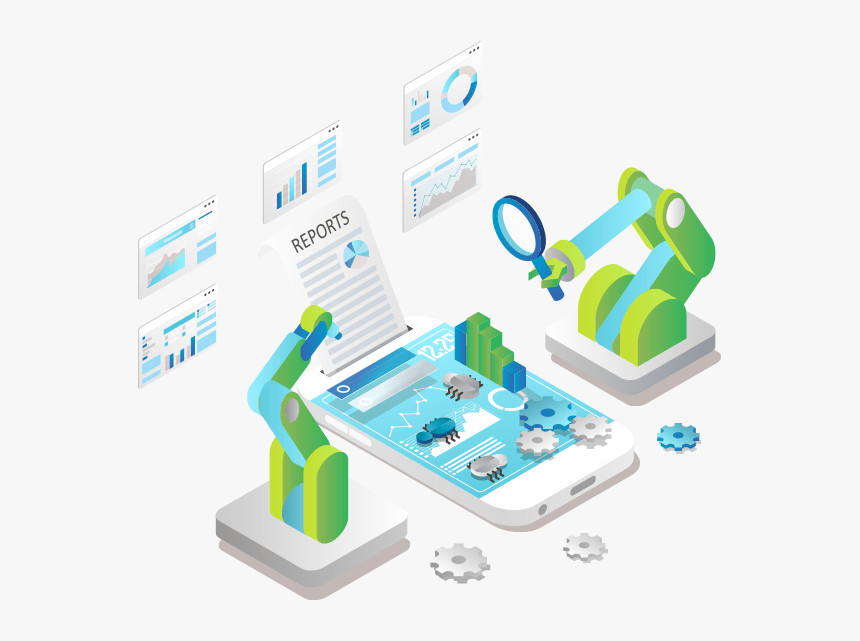Preparing for a data analyst interview can be a challenging task, especially with the increasing complexity of the role. To help you succeed, here’s a comprehensive list of top data analyst interview questions and answers to ace your interview with confidence.
Table of Contents
ToggleBasic Questions
1. What is the role of a data analyst?
Answer:
A data analyst collects, processes, and interprets data to help businesses make informed decisions. This involves cleaning data, identifying trends, and presenting findings through reports or visualizations.
2. What are the essential skills for a data analyst?
Answer:
Key skills include:
- Proficiency in tools like Excel, SQL, Tableau, and Power BI.
- Programming knowledge in Python or R.
- Strong analytical and critical thinking.
- Data cleaning and visualization expertise.
3. What is the difference between data mining and data profiling?
Answer:
- Data Mining: The process of finding patterns and insights from large datasets.
- Data Profiling: Assessing the quality, structure, and consistency of data.
4. Explain the difference between structured and unstructured data.
Answer:
- Structured Data: Organized and stored in a fixed format, like databases (e.g., Excel tables).
- Unstructured Data: Lacks a predefined format, such as emails, videos, or social media content.
5. What are the common data validation techniques?
Answer:
- Ensuring data completeness.
- Checking data type constraints.
- Using cross-field validations.
- Verifying data consistency with reference datasets.
Technical Questions
6. What is SQL, and why is it important for data analysts?
Answer:
SQL (Structured Query Language) is used to interact with databases. It helps data analysts retrieve, manipulate, and analyze data efficiently.
7. What are the key differences between a primary key and a foreign key?
Answer:
- Primary Key: Uniquely identifies a record in a table.
- Foreign Key: Establishes a relationship between two tables by referencing a primary key in another table.
8. What are some commonly used data visualization tools?
Answer:
- Tableau
- Power BI
- QlikView
- Matplotlib and Seaborn (Python libraries)
9. How would you handle missing or incomplete data?
Answer:
- Remove records with too many missing values.
- Impute missing values using statistical techniques (mean, median, mode).
- Predict missing values using machine learning models.
Scenario-Based Questions
10. Describe a situation where you analyzed a complex dataset.
Answer:
“At my previous job, I analyzed sales data for seasonal trends using SQL and Tableau. I cleaned raw data, identified key patterns, and created dashboards that helped the team improve forecasting accuracy by 20%.”
11. How do you prioritize tasks when handling multiple projects?
Answer:
“I assess each project’s urgency and impact, break down tasks into manageable steps, and use tools like Trello or Jira to stay organized. Regular communication with stakeholders ensures alignment.”
12. How do you approach identifying outliers in a dataset?
Answer:
I use:
- Visualization: Box plots or scatter plots.
- Statistical Methods: Z-scores or the Interquartile Range (IQR) method.
13. What steps would you take to ensure data accuracy?
Answer:
- Validate source data.
- Perform data profiling.
- Use automated scripts to identify discrepancies.
- Regularly update and clean datasets.
14. How would you present technical data to a non-technical audience?
Answer:
I focus on:
- Simplified visualizations using tools like Tableau.
- Explaining trends and insights in layman’s terms.
- Relating findings to business outcomes.
Advanced Questions
15. What is predictive analytics, and how is it different from descriptive analytics?
Answer:
- Predictive Analytics: Uses historical data and algorithms to forecast future outcomes.
- Descriptive Analytics: Focuses on analyzing past data to understand trends.
16. What is a correlation coefficient, and how is it interpreted?
Answer:
A correlation coefficient measures the strength and direction of the relationship between two variables.
- Values range from -1 to +1:
- +1: Strong positive correlation.
- -1: Strong negative correlation.
- 0: No correlation.
17. What is the purpose of A/B testing in data analysis?
Answer:
A/B testing compares two variants (A and B) to determine which performs better based on specific metrics, such as click-through rates or conversions.
18. Explain the difference between supervised and unsupervised learning.
Answer:
- Supervised Learning: Models are trained on labeled data (e.g., regression, classification).
- Unsupervised Learning: Models find patterns in unlabeled data (e.g., clustering, dimensionality reduction).
19. What is the significance of ETL in data analytics?
Answer:
ETL (Extract, Transform, Load) is the process of:
- Extracting data from various sources.
- Transforming it into a usable format.
- Loading it into a data warehouse for analysis.
Conclusion
These top 20 data analyst interview questions and answers are designed to help you prepare for any interview confidently. Remember, technical expertise combined with effective communication and problem-solving skills are critical for excelling in the field of data analytics.
If you’re looking to strengthen your skills, consider enrolling in a data analyst course in Toronto that focuses on practical training and industry exposure. Preparing thoroughly can set you apart and help you land your dream job as a data analyst.







